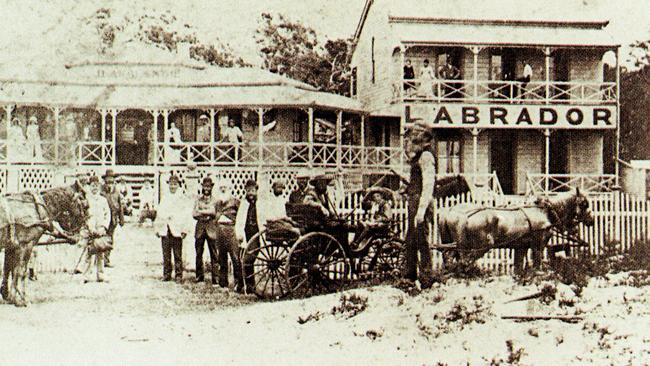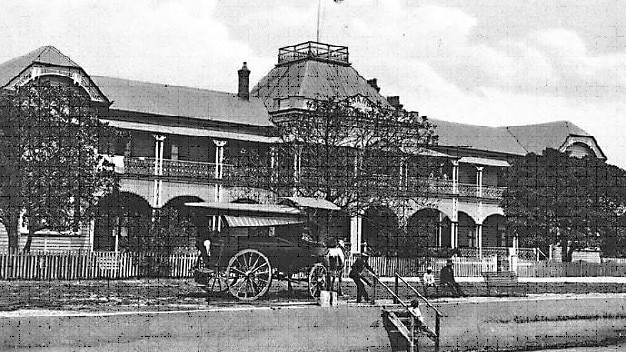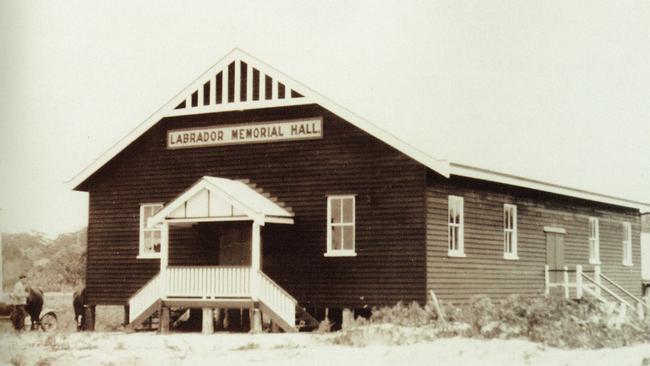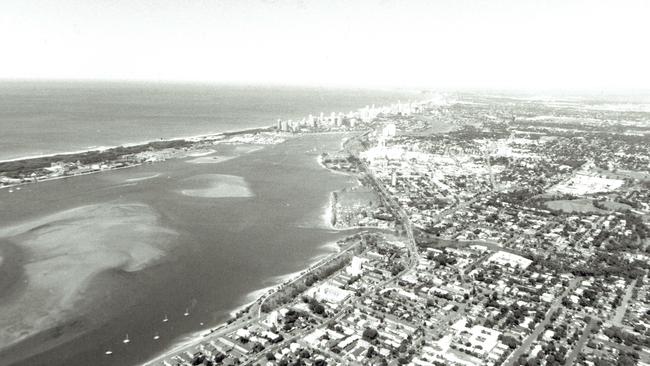Gold Coast development: Labrador property becoming more exclusive
Labrador is being dubbed the Gold Coast’s “Golden Mile” as a wave of new developments reshape its skyline and kill its reputation as “stabrador”.
Property
Don't miss out on the headlines from Property. Followed categories will be added to My News.
LABRADOR is being dubbed the Gold Coast’s “Golden Mile” as a wave of new developments reshape its skyline.
A dozen new projects will bring thousands of new residents to a suburb that has experienced contrasting fortunes over 140 years.
Today, Labrador’s average sales price is around $1.01m, but that’s hardly stopped units in the area flying off the market in the two years since the pandemic.

But the high sales have also come at a cost, with the number of Labrador residents experiencing mortgage stress increasing by more than 100 per cent in four years.
Few could have pictured the Labrador of the 1990s and 2000s being considered such hot property, given it was known pejoratively at the time as “stabrador” for its high volume of street violence and petty crime.
The booming property market is a return to the origin of Labrador in the late 19th century, when it became one of the region’s first waterfront locations.
The first major land sales occurred in 1878 when more than 139 acres of Crown land fronting the Broadwater was bought by Robert Muir and John Lennon.
The land stretched from Southport’s Broad Street to Biggera Creek in the north, and west to the modern-day Billington St.

Once subdivided into 19 properties, Labrador began to take form.
Typically of the era, its first major development was a pub.
Walter Russell Hall and James Rutherford offloaded one acre of land in 1881 to Frederick Shaw, who built the Labrador Hotel on Marine Parade.
However, this business proved short-lived and was gone by 1888.
Its demise came amid increasing competition, with the “American-style” Grand Hotel built in 1886 by a “syndicate of Brisbane and local gentlemen”.
As Southport expanded into the centre of commerce and trade in the region, Labrador began to take shape to its north. Early businesses included tourist accommodation Woodlands Boarding House, which opened in 1883 near where Land’s End Bridge is today.

The Bulletin ran an advertisement for the boarding house in 1888, which read: “The Woodlands Hotel of Labrador, Southport”. It promised “Health! Pleasure! Comfort!”
It was operated by a succession of owners for more than 25 years before being demolished in the late 1900s to make way for the Chelmsford Guest House.
The late 19th and early 20th centuries were boom periods for Labrador and it remained a major precinct of the expanding Southport township.
During this era, the suburb was a popular destination for tourists from Brisbane looking for a beachside holiday. It offered horse-drawn buggy rides on what is today Surfers Paradise Beach and further south to the township of Burleigh Heads.

Fishing was a major industry at the time, with the O’Connell family among the most prominent fishermen.
However, Labrador experienced a downturn during the 1940s when many locals left to fight in World War II.
It expanded through the 1950s and 1960s as the region was renamed South Coast and, finally, the Gold Coast.

But it was no longer one of the city’s major destinations as Surfers Paradise, with Broadbeach and Burleigh Heads becoming popular new destinations.
Labrador instead moved from being a tourism centre to a residential hub.
By the 1980s, Labrador was hot property again but with some of the cheapest real estate on the market.
In late 1987 a unit could be snapped up for $60,000-70,000, far below the $1.5m mark set in Surfers Paradise, Broadbeach and parts of Paradise Point.

At the same time, buyers were able to secure older fibro shacks just 100m from the water for $115,000.
Among those who bought into Labrador at the time was INXS frontman Michael Hutchence, who snapped up a Marine Parade property along with homes at the Isle of Capri and Southport.

As the 1980s rolled into the 1990s, the value of Labrador property continued to climb on the back of significant foreign investment, despite its reputation as a crime hotspot.
A 1998 report by PRD Research showed New Zealanders were the biggest investors in the region, followed by buyers from Singapore, Hong Kong, Japan and Indonesia.
PRD researcher Michael Matusik said at the time that most of the growth in New Zealand investment was due to targeted selling of Gold Coast property into New Zealand.
He said it was motivated “more by associated tax advantages than because New Zealanders saw the Gold Coast as a good place to visit”.
More Coverage
Originally published as Gold Coast development: Labrador property becoming more exclusive





